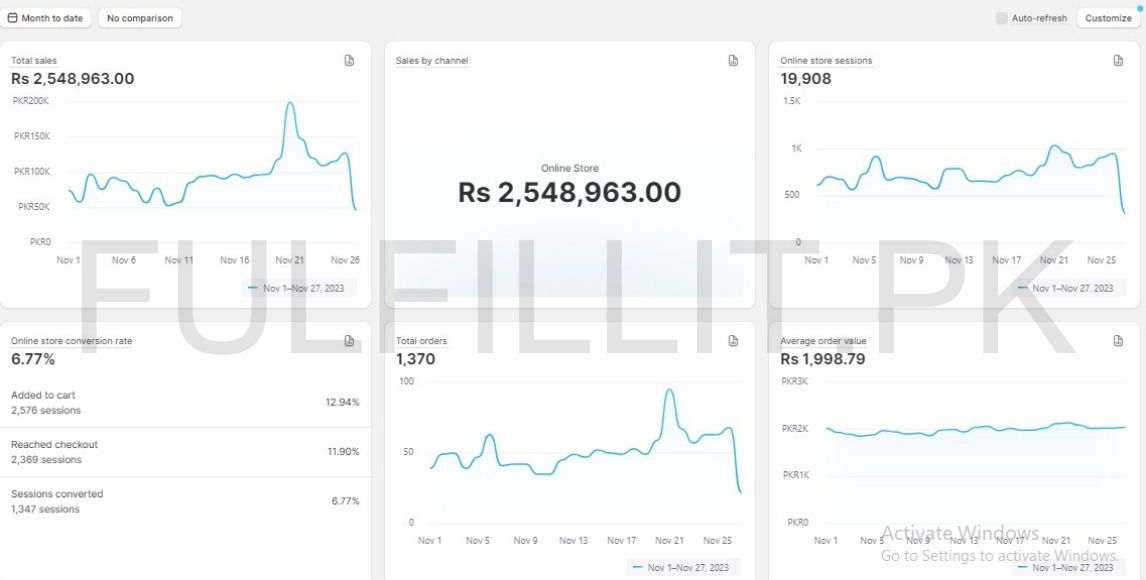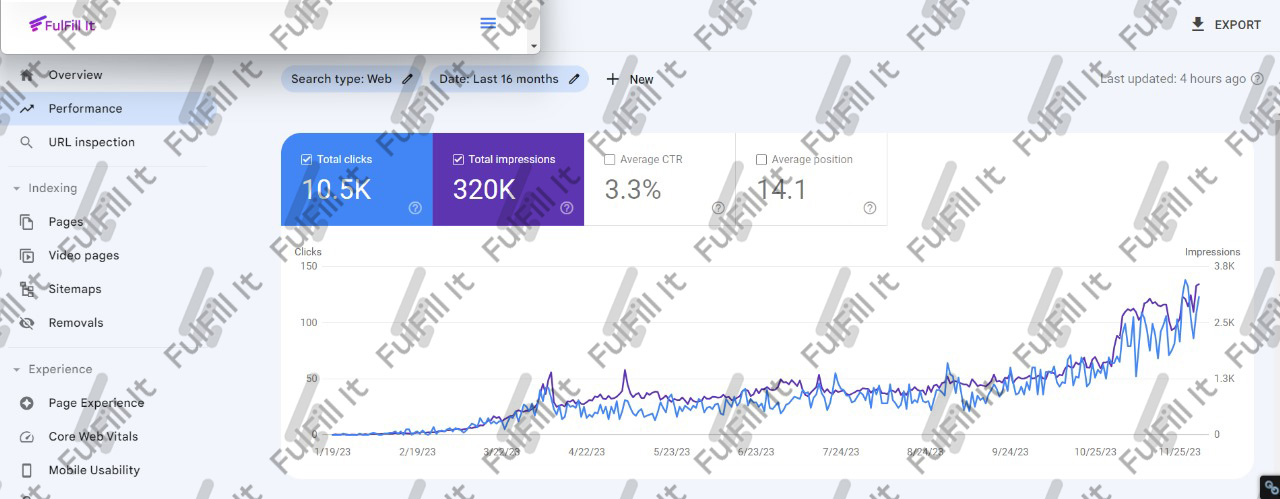The Facebook advertising platform is continuously evolving, which is excellent in that new features and reporting capabilities are added all the time, but can be difficult to understand when trying to analyze the performance of your campaigns.
But stop making excuses now; it’s time to figure out how to evaluate the effectiveness of your Facebook ads.

Tips for Results Analysis
Maintaining order is essential. Create a naming scheme for your campaigns, ad sets, and ads early on so that it will be simple for you to remember what each is about by looking at the report.
If you don’t do this, you’ll kick yourself when your ads manager is cluttered with campaigns with strange names and you can’t sort through them to find what you need. Although it seems straightforward, you shouldn’t have to click into a campaign or specific ad to figure out what it is. (I’ll get credit afterward.)
Additionally, it’s crucial to configure unique reporting views in Power Editor or Ads Manager.
To benefit from this:
- When managing your advertising, select the “columns” option on the right side. Activate “customize columns”
- You’ll receive a pop-up that lets you select the metrics you wish to be presented in the columns that are displayed.
- You’ll receive a pop-up that lets you select the metrics you wish to be presented in the columns that are displayed.
- Check the “save as preset” box to save the current view.
- whenever you are assessing the effectiveness of your ads, choose that view.
Make sure your Facebook pixel is appropriately configured before attempting to examine the findings since if it isn’t, you won’t have access to important data or it will be inaccurate. (If you have successfully configured your Facebook pixel, the platform can only gather metrics like website purchases, abandoned carts, and cost per website transaction.)
ROI Calculation in Facebook Ad Campaign
You only pay for Facebook advertisements if you expect to see a return on your investment (ROI) from them. When it comes down to it, ROI is more important than everything else. It’s simple to get lost in the link clicks, impressions, reach, and other data. How do you tell if the outcomes of your Facebook ads translate into a profitable return on investment?
You would divide the total revenue from your campaign by the whole amount you spent on advertising to determine ROI. Let’s imagine, for illustration purposes, that I invested $500 in a paid Facebook campaign that resulted in $1,000 in sales. That would result in a 2.0 ROI ($1,000/$500). Accordingly, I can declare that I can earn $2 for every $1 I invest in my Facebook advertisements, which allows me to claim that if I invest $2,000 in this campaign, I can make $4,000—pretty great, huh?
Remembering how to build up custom reporting views from the earlier section of this piece will help you practically compute this in your Facebook ads manager. You can compute ROI using one of the custom reporting views you set up.
More detailed Article: Achieve High Return On Investment (ROI) of Facebook Advertising for Business Growth
Now you can quickly calculate the campaign’s overall revenue (the quantity of website purchases multiplied by the value of each purchase) and divide it by the amount of money spent on advertising.
The purchase amounts will fluctuate depending on the price range of your products, thus if you have many products, you should compute the Facebook ad ROI from each product separately. To put it another way, you can afford to spend more on a marketing campaign for a $800 product than a $40 one.
If you’re in e-commerce or promoting an event, thing, or service with a predetermined price, this way of measuring ROI is ideal for you. A customer relationship management system, such as HubSpot, that enables you to trace where your leads originated and when/how they convert into customers is essential for closed-loop reporting for various campaign objectives, such as raising awareness or generating leads.
Dissecting in Facebook Ads
You can review the performance of specific ads, compare ad sets, and take a look at your campaign’s overall data.
Campaigns
Make sure you’re comparing efforts that have the same goal (or “objective,” as Facebook likes to call it) when evaluating the performance of your campaigns.
As an illustration, you might have a lead-form campaign that aims to produce new leads. In contrast, your second campaign can consist of showing videos with the intention of bringing visitors to your website so that you can later target them with advertisements.
Based on the goal you set, assess the campaign’s success.
Ads Sets
What to test among the many ad sets in your campaign will determine what to look for in this area. Keep in mind the conversation we had about ROI earlier while deciding which ad set performed the best.
When you’re making improvements and choosing what to test next, you should also be mindful of the following metrics:
Cost per result: The typical amount you paid for each action; this varies depending on the campaign’s goal (leads, clicks, etc.).
The overall amount of clicks your ad set received.
The percentage of times your advertisement was clicked on divided by the number of times users saw it is known as the “click-through rate.”
Ads
You may view the particular ads connected to each of your ad settings by clicking on it. The metrics you should examine are comparable to those listed above.
The relevance score of each ad should likewise be known to you. Based on how successfully your target demographic is responding to your campaign, Facebook scores your ad on a scale of 1 to 10. If your ad hasn’t earned enough impressions for Facebook to evaluate your score, you could not have a score displayed.
The most effective commercials are those that have greater relevance scores.

Troubleshooting Red Flags That Affect the Performance of Your Facebook Ads
Now that you are aware of how to compute the return on investment for your Facebook campaigns and what to consider when examining the performance of your campaign, ad set, and ad, let’s look at some potential problems and how to remedy them.
You see there are few impressions: Your targeting is probably too specific if your ads aren’t being seen by many individuals. The audience targeting in the ad set to which this advertisement is attached can be changed since targeting is done at the ad-set level. You can see the expected audience size and reach.
The fact that your adverts aren’t scheduled to run frequently could be a secondary factor. The timetable for an advertisement can be reviewed at the level of the ad set and updated to incorporate additional days and hours.
A third explanation is that your ads may be problematic or in violation of Facebook’s rules. Too much text in your advertisement is a common problem; Facebook may still run it, but fewer users will see it.
If none of these make an effect, your budget might need to be increased.
Your click-through rate is low: Do your advertisements receive adequate impressions but no clicks?
Check to see if the users you set up to be your target are a good fit for your ad copy and creative. Have you tried experimenting with various iterations of the advertisement copy, the image, or the video?
When click-through rates are low, it’s typically because your ads don’t appeal to the population you’re targeting. To fix this, either change your target market or conduct further testing.
Your advertising isn’t working: Depending on the goal of the campaign, something will happen.
For instance, it’s a major problem if your lead-form advertising isn’t producing leads. Examine your ads to make sure they adhere to best practices, and test your best-converting offers.
Check to see whether the landing page people are being directed to is in line with what the advertisements claim if an awareness campaign is successfully bringing traffic to your website but these visitors are not converting properly.








